Text João Barbosa | Translation Jani Dunne
Reguengos de Monsaraz is a town 170 kilometres away from the ocean coastline. For centuries, even millennia, fog in that area of Alentejo would be an extremely rare phenomenon. Building the Alqueva dam in the Guadiana river led to creating the biggest artificial lake in Europe – despite some people disagreeing – and made the fog more common.
I won’t even begin – not even briefly – to list the advantages and disadvantages of building the dam in Economic, Environmental and Social terms. However, I will mention that the water has proven useful for watering the vines, which multiplied all over Alentejo. The property development was discussed for the first time in the mid-60s, and the business project for Herdade do Esporão was “launched” in 1973 – so to speak, because it was postponed for years for reasons other than the businessmen’s will.
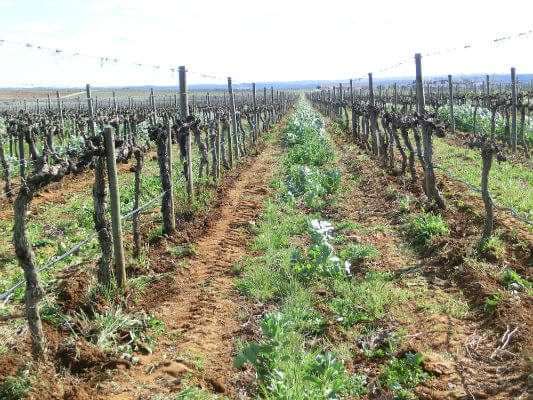
Esporão – Photo by José Silva | All Rights Reserved
Esporão started as Joaquim Bandeira’s “fantasy”, whose insight was quite progressive; he wanted to plant a great vineyard in Alentejo. He challenged José Roquette, who left banking behind to embrace the new company.
The dictatorship fell in 1974, and in 1975, the Government reinforced the plan to build the dam even though they had decades to go before it was to be erected. Also in that year, Herdade do Esporão was occupied as part of the Agricultural Reform. In 1978, the property was returned, albeit under the obligation of selling the grapes to the local cooperative.
ADN containing not only wine
Before I go into wine poetry, I would like to mention something I consider highly relevant in the business world, which is social responsibility, in a broad sense. Be it in direct support of the arts or human heritage, to culture and the environment, it’s written in the DNA of Herdade do Esporão that the place wants to be more than a winery.
The first vintage, which would turn into the first own-brand wine took place in 1985; it would later be released in 1987. The first child was Reserva Tinto and, from the first edition, the labels have always included a work of art. The consecrated John Hogan was chosen for the premiere, but, unfortunately for the company, the painting is not included in the collection.
For the sake of culture, I must mention the preservation of the Tower of Esporão, a small medieval fort, and with that the preservation of an archaeological discovery in Herdade dos Perdigões (the land was bought in 1995, and the discovery was made in 1996). The discovered place dates back to some time between the third and fourth millennia before Christ. Countless businessmen would have supported, both actively and financially, what was considered an undesirable setback.
In 2006, João Roquette took over the manager role, having started a restructuring and replantation of the vineyards, and having adopted an environmental policy with the aim of recovering and recreating habitats, putting Nature to work, and using less treatments with pesticides.
Another act of the mission to put things in order is the new cellar, which was recently completed, and built out of rammed earth – an abandoned and almost forgotten method. In the old days, many cellars in Alentejo were built that way, and for a reason: coolness. The earth, gravel and wood enable continued airing and regular temperature… i.e. saving energy.
The main actors
Wine isn’t the company’s excuse. Concerns are the answer to the impact caused by agricultural or industrial activity. This brings up two reds – wearing Alberto Carneiro’s work – and two whites.
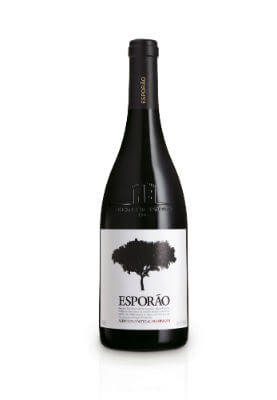
Esporão Reserva Red 2012 – Photo by Esporão | All Rights Reserved
Esporão Reserva Red 2012 is a cannon ball, with its 14.5% alcohol. Come to think of it, that makes it sound heavy. Wrong! It’s a refreshing wine. In fact, the company’s experience and the success of this reference keep it up there on that level of reliability and prestige. It was made with Alicante Bouschet, Aragonês, Cabernet Sauvignon, Trincadeiras and other grapes. The fruit and wood are balanced, and it shows promise of living for a good number of years.
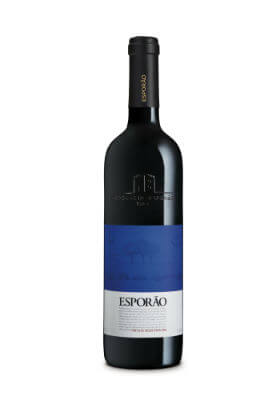
Esporão Private Selection red 2011 – Photo by Esporão | All Rights Reserved
Esporão Private Selection 2011 is on a higher level, also in terms of longevity. This wine aged longer in wood, which was 70% American oak. It has bold tannins and elegance, depth of mouth, a pleasant ratio of freshness and heat, and a lasting finish.
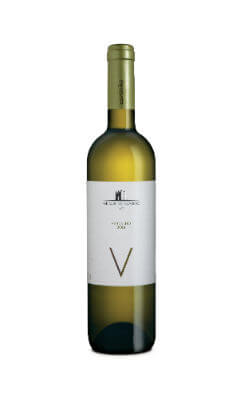
Esporão Verdelho 2014 – Photo by Esporão | All Rights Reserved
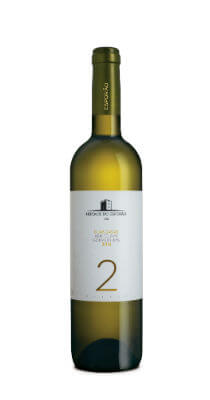
Esporão Duas Castas – Photo by Esporão | All Rights Reserved
Esporão Verdelho 2014 brings freshness and a bite. I’m sure it will bond very well with the lighter foods. If the previous wine expresses its variety, the Esporão Duas Castas exposes more than varieties; it illustrates the places where the Arinto (60%) and Gouveio (40%) cultivars are rooted. Once again, it contains that freshness and really grabs the oenophile.
Contacts
Herdade do Esporão
Apartado 31, 7200-999
Reguengos de Monsaraz
Tel: (+351) 266 509280
Fax: (+351) 266 519753
E-mail: reservas@esporao.com
Website: esporao.com




Leave a Reply